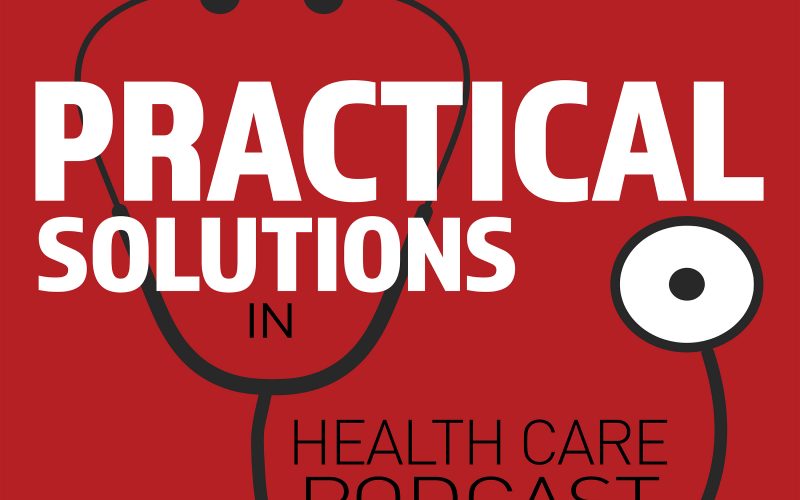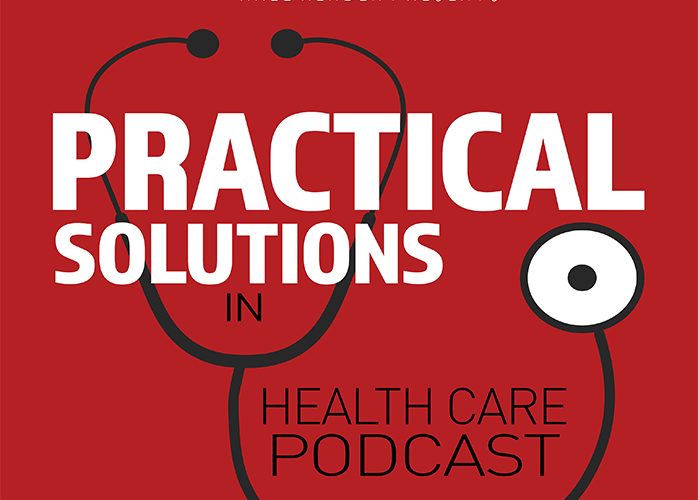Reimbursement for Remote Patient Monitoring in Virtual Care
Reimbursement for Remote Patient Monitoring Hall Render Shareholders Chris Eades and Regan Tankersley discuss Medicare reimbursement considerations for remote patient monitoring as a part of virtual care. Podcast Participants Chris Eades Attorney, Hall Render Regan Tankersley Attorney, Hall Render Episode Transcript Chris Eades: Hello, and welcome to Hall Render’s Virtual Care Podcast Series. Today’s focus…
Read MorePodcast: Play in new window | Download
Subscribe: RSS


